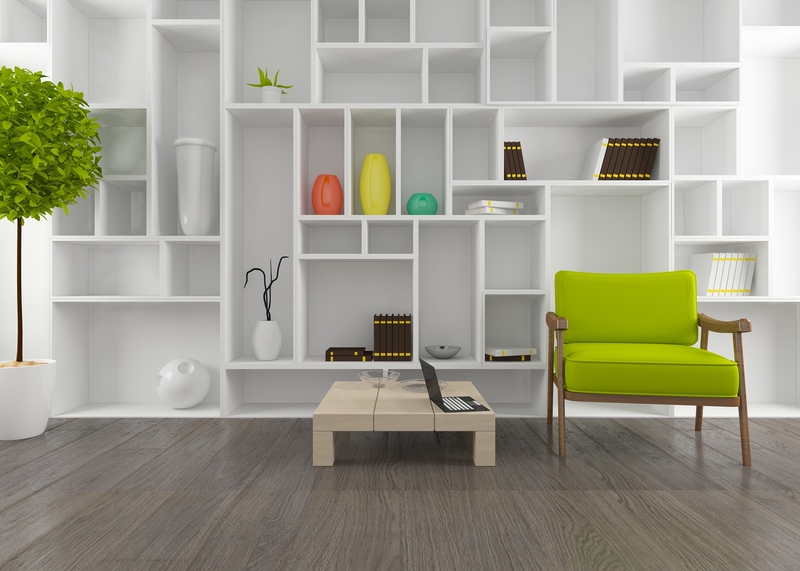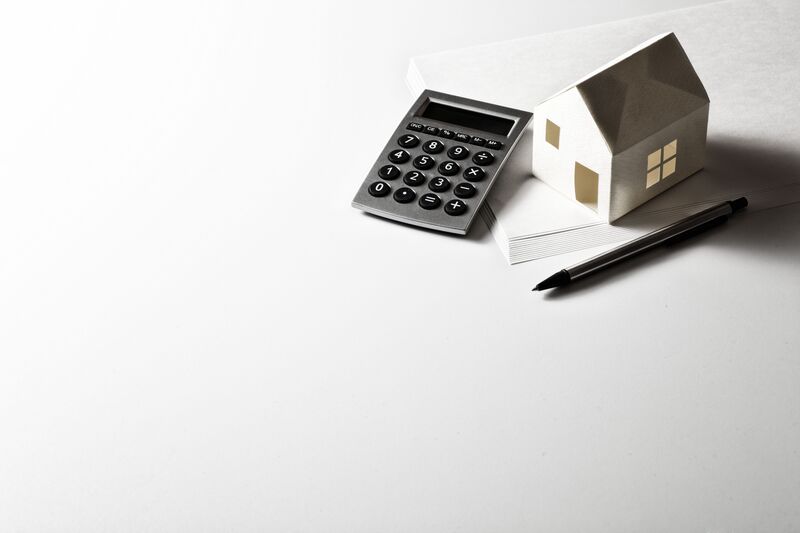A Better Approach: Professional Piano Relocation
Posted on 09/06/2025
A Better Approach: Professional Piano Relocation
Pianos are not just musical instruments; they are valuable assets, often holding both sentimental and monetary value. Whether you own a classic grand piano, an upright piano, or a digital piano, moving it from one location to another is a significant undertaking. Many owners underestimate the complexities involved, believing that standard moving companies or a group of friends can handle such a task. However, professional piano relocation services present a far better, safer, and more efficient approach. This comprehensive article explores why hiring professional piano movers is the best decision, the process involved, the risks of DIY solutions, and tips for ensuring a smooth transition for your cherished instrument.
Why Choose Professional Piano Moving Services?
Relocating a piano is far from a simple activity. A typical upright piano can weigh between 300 to 500 pounds, while grand pianos may tip the scales at nearly 1,200 pounds. Their weight is not evenly distributed, and their delicate internal components--strings, hammers, soundboard--require careful handling and specialized equipment. Professional piano relocation specialists offer far more than simply physical strength. Here's why their services stand out:
- Expertise in Handling Delicate Instruments: Trained professionals understand the nuances and vulnerabilities of a piano. They employ precise techniques to prevent damaging the finish, keys, or internal mechanics during the move.
- Appropriate Equipment and Tools: From piano dollies and ramps to custom padding and heavy-duty straps, piano movers bring specialized gear designed explicitly for safe piano transportation.
- Risk Reduction: Hiring experts drastically reduces the risk of personal injury or damage to property and the instrument itself. Attempting a move without proper skills or equipment risks severe accidents.
- Insurance and Liability: Professional piano relocation companies carry insurance that covers your instrument in the rare case of any accidental damage during transit.
- Efficiency and Peace of Mind: Professionals work faster and more efficiently, often completing the move in much less time than amateurs could manage.
The Dangers of DIY Piano Moves
While DIY approaches to piano transportation may seem cost-effective, they are fraught with hazards and hidden expenses. Consider these critical risks before attempting a self-move:
- Personal Injury: Pianos are unwieldy and extremely heavy. Without experience, it's easy to strain muscles, injure your back, or even suffer traumatic accidents.
- Property Damage: Improper lifting or maneuvering can result in smashed doors, gouged floors, or damaged walls.
- Instrument Damage: Pianos have thousands of moving parts. Mistreatment can result in broken legs or pedals, cracked casings, or damage to the tuning and regulation mechanisms.
- Hidden Costs: Injuries, instrument repairs, or property damage may cost much more than hiring professionals in the first place.
In short, moving a piano yourself is a gamble not worth taking.
Understanding the Professional Piano Relocation Process
A professional piano mover follows a detailed, methodical process to ensure your instrument's safety every step of the way. Here's what you can expect:
1. Preparation and Assessment
Every piano move begins with an assessment. Professionals examine the type and size of your piano, the moving path, and any potential obstacles, such as stairs, tight corners, or narrow doorways. They also assess the best techniques and equipment for the job.
2. Disassembly and Protection
Some pianos, especially grand pianos, require partial disassembly. Movers may remove the legs, pedals, and lid to facilitate safe transport. They will wrap all parts with thick moving blankets and secure sensitive components with protective padding to prevent scratching or impact damage.
3. Safe Lifting and Loading
Using specialized dollies, ramps, harnesses, and protective floor coverings, movers carefully position the piano and its parts onto the moving truck. Every movement is calculated and deliberate to prevent jostling or dropping the instrument.
4. Secure Transportation
Pianos are secured inside the truck to prevent shifting during transit. If the move involves long-distance relocation, climate-controlled vehicles are often used, especially for valuable or antique pianos, because extreme temperatures and humidity can harm the instrument.
5. Delivery and Reassembly
At your new location, the relocation team reverses the process, maneuvering the piano into place, reassembling it with care, and ensuring everything is properly set up. Some movers offer tuning services or can recommend a trusted piano tuner to ensure your instrument sounds its best post-move.
The Advantages of Professional Piano Movers Over General Movers
Not all moving companies possess the expertise necessary for piano relocation. Here's why it pays to hire specialists:
- Specialized Knowledge and Experience: Professional piano relocation teams have handled countless moves and are trained specifically in piano transportation.
- Custom Equipment: Unlike general movers, piano specialists use tools made for piano moving, such as hydraulic lifts and climate-controlled vehicles.
- Safety Focus: Piano movers prioritize the safety of everyone involved, including family members, by managing every move strategically.
- Comprehensive Insurance: While regular movers may offer generic coverage, piano movers provide insurance specifically for high-value musical instruments.
How Much Does Professional Piano Relocation Cost?
The cost to relocate a piano with professionals varies depending on several factors:
- Type and size of the piano: Grand and baby grand pianos usually cost more than upright or digital pianos due to their size and complexity.
- Distance of the move: Local moves cost less than long-distance or interstate relocations, which may require additional permits and climate controls.
- Obstacles and accessibility: Stairs, tight hallways, small doorways, and elevators can impact the price, as they require more labor and special equipment.
- Special handling requirements: Antique or high-value pianos may call for customized crating and additional protective measures.
*On average, expect to pay anywhere from $200 for a simple local move to over $1,000 for more complex or long-distance relocations. Always request a detailed quote upfront to avoid surprises.*
Tips for a Smooth Piano Relocation
- Book Early: Schedule with your chosen piano movers well in advance, particularly during busy moving seasons.
- Measure Everything: Double-check all doorways, staircases, and pathways in both the old and new locations to ensure the piano will fit. Provide this information to your movers.
- Remove Obstacles: Clear walkways of rugs, furniture, and clutter to provide an unobstructed path for the movers.
- Communicate Clearly: Notify the movers about any challenges (narrow streets, multiple flights of stairs, etc.) so they can plan accordingly.
- Plan for Tuning: Pianos often need tuning after relocation due to changes in temperature, humidity, and movement. Arrange for this soon after your piano arrives at the new location.
What to Look For in a Piano Relocation Service
Selecting the right piano relocation company can make all the difference. Consider these factors when choosing a professional service:
- Specialization: Ensure the company specializes in piano relocation, not just general moving services.
- Experience: Look for a company with many years of experience in handling various types of pianos and challenging moves.
- Insurance: Verify that they carry adequate insurance specifically for piano moving.
- Reviews and References: Read customer feedback, testimonials, and ask for references to ensure reliability.
- Transparency: Choose a company that offers clear, upfront pricing and a detailed moving plan.
Understanding Different Piano Types and Their Moving Requirements
Every piano presents unique challenges during relocation. Here's a quick guide:
-
Upright Pianos:
Generally more straightforward to move, yet still require care due to their weight and fragile back panels. -
Grand and Baby Grand Pianos:
Require disassembly (legs and pedals removed), precise padding and handling, especially across staircases or tight turns. -
Digital Pianos:
Typically lighter, but sensitive electronics and finishes still need to be protected during transport. -
Antique or Specialty Pianos:
Demand extra caution and, sometimes, climate-controlled vehicles to protect from humidity or temperature changes.
Climate Control: A Key Consideration in Piano Moving
*Pianos are sensitive to changes in temperature and humidity.* Prolonged exposure to moisture or dryness can warp wood, affect tuning, and even cause irreparable damage. For long-distance moves, or in areas with extreme climates, seek out professional piano relocation services that offer climate-controlled transport to ensure your instrument remains in perfect condition during its move.
The Importance of Post-Move Care
Relocating your piano is only half the battle. Once it arrives at its new destination, several steps are vital:
- Let It Acclimate: Allow your piano a few days to adjust to the new environment, particularly if moving across different climates.
- Tuning: Schedule a professional tuning within a week or two. Moving a piano and changes in humidity can alter its sound and touch.
- Inspection: Inspect the instrument for any signs of damage. Notify the relocation company promptly if you spot any issues covered by insurance.
- Positioning: Place your piano away from direct sunlight, vents, and exterior walls to protect it from temperature fluctuations.
Conclusion: Embrace a Safer, Smarter Way to Move Your Piano
When it comes to piano relocation, the stakes are simply too high to settle for anything less than professional expertise. Your piano deserves the attention, skill, and care that only a specialized moving service can provide. By investing in professional piano relocation services, you protect your instrument, your home, and yourself, ensuring that your cherished piano arrives in its new setting ready to make music for years to come.
- Don't risk your investment--move your piano with certified experts who understand every nuance of this beautiful instrument.
- Enjoy peace of mind, knowing that your move will be handled efficiently, safely, and in a manner tailored to the needs of your unique piano.
The next time the need to relocate your piano arises, remember: a better approach is always professional piano relocation.





